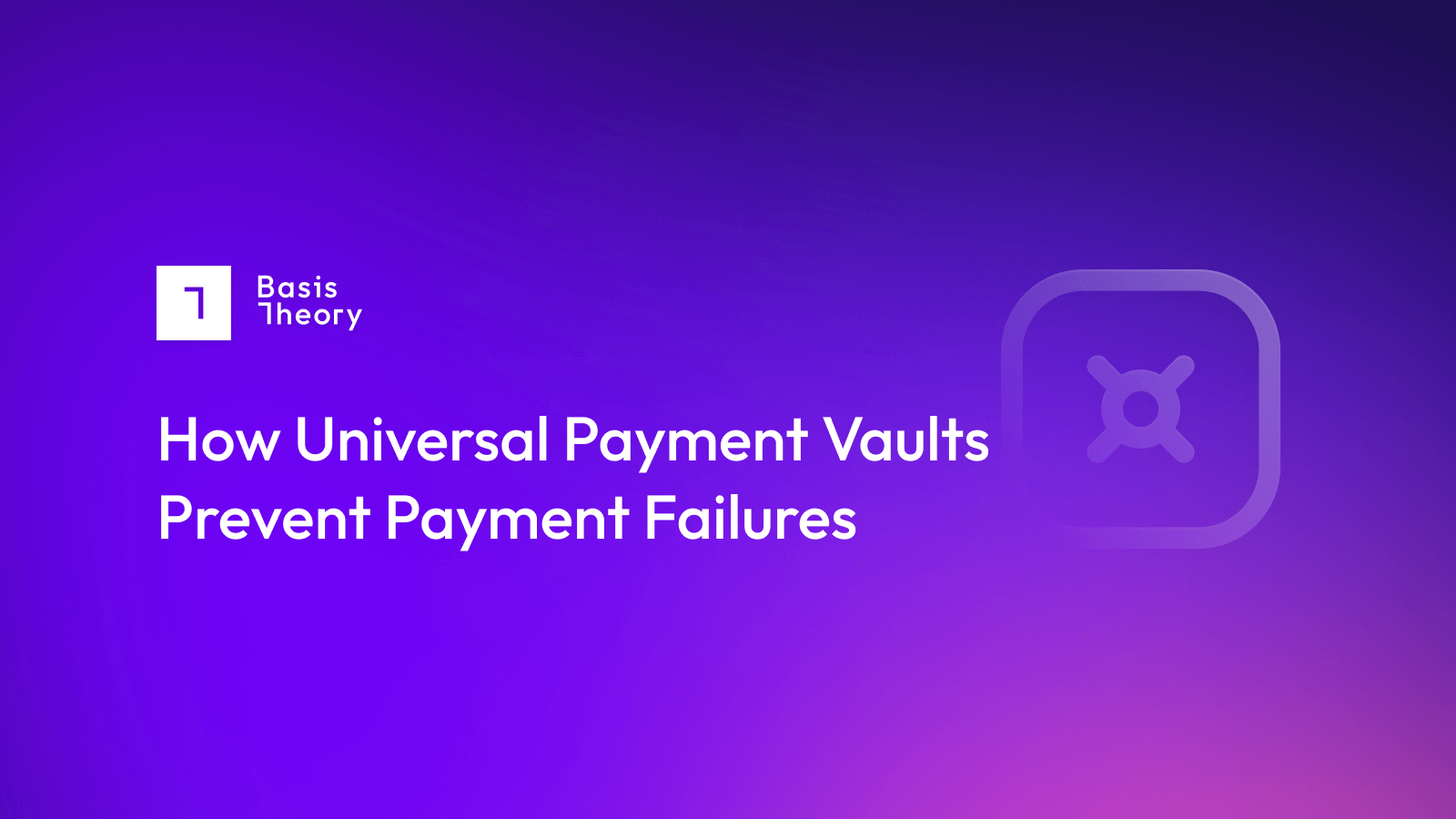B2B SaaS Companies: Avoiding Failed Payments

Failed payments are a key performance indicator for merchants that offer subscription, or installment, payment products or services. That’s because, when a consumer’s attempt to purchase a one-off item goes south, that is a failed transaction: a disappointment, and a missed opportunity to generate revenue, but not the disappearance of a planned influx of revenue. By contrast, a failed payment represents an expected payment that, for one reason or another, does not come through, causing projections to come up short, and business models to become shaky.
What is a Failed Payment?
Broadly speaking a failed payment is an anticipated transaction, usually associated with a subscription, that unexpectedly doesn’t go through. This can occur for many reasons, including:
- Insufficient funds: the consumer wants to make the payment and continue the subscription, but they don’t have the cash right now
- Expired credit card: cards expire regularly, so it’s practically a guarantee that every month subscription merchants will have a slew of these, if they don’t plan ahead
- Card stolen/reported lost: consumers lose control of their cards all the time, and a failure to gain access to the updated details can put a stop on all future payments
- Processor network unavailable: in relatively rare situations, the network through which the transaction is supposed to pass can go down, causing all payments to fail
- Incorrect cardholder information: cardholders sometimes move, change their phone number, or in some other way alter their non-card information in such a way that security checks throw a red flag
Regardless of the reason, merchants that have built their budgets around a forecast revenue flow can experience significant challenges when enough payments fail, causing their budget expectations to fall out of balance.
How to Prevent Payment Failures Before They Happen
Clearing up payment failures after they occur can be expensive and time-consuming, so clearly it is in any merchant’s best interest to prevent as many as possible from happening in the first place. Some key strategies include:
- Ensure your MCC code matches your business type, and allows you to collect online payments
- Ensure that all subscription sales are marked as such in the initial transaction so that subsequent charges are not flagged as suspicious
- Ensure you have access to an account updater, which can automatically update cardholder information (e.g., when a card expires) without manual intervention
- Ensure that new subscribers have a clear understanding of what they’re purchasing, when and how much new payments will come about, and that they have an easily accessible cancellation process (where applicable)
- Ensure that you have more than one payment gateway in your payment automation so that payments can continue to flow even when one of them goes down
- Communicate clearly and frequently, letting customers know when payments are upcoming so they can keep sufficient credit in their account - this is a process often known as ‘pre-dunning’. Send email or, if you provide an app, use in-app messaging to get the information across
Reclaiming Revenue on Failed Payments
When, despite all your best efforts, your business finds itself each month with failed payments, it’s not time to despair - it’s time to add additional layers of automation to your payment system.
The reality is that, each month (or whatever time period payments are made on), there will be both voluntary and involuntary turnover from your customer base. Voluntary turnover is hopefully predictable as you’ve provided access to an unsubscribe process, meaning that failed payments will be the vast majority of involuntary turnover - that is, users are losing access because their payments failed, even though they likely did not intend to abandon their account. There are several key strategies for reclaiming failed payments, including:
- Distinguish hard from soft declines: hard declines are the unassailable ones, such as ‘card stolen’ or ‘account closed’, while soft declines are ones that may be merely transitory, such as ‘insufficient funds’ or address mismatches. There should be separate processes for the two, as hard declines will almost inevitably require the customer to take an action (likely to log back on and provide new payment information), while soft declines may be re-tried either through a different payment gateway, or after a day or two has passed, without action on the part of the customer
- Build a dunning process into your operations, so that customers whose payments fail have an opportunity to get current without losing their account - something as simple as a banner at the top of a logon page, or increasingly urgent app notifications can cause users who didn’t intend to move on to solve their payment issues
- Encourage users who have a failed payment to consider either moving to ACH (which has a very low failure rate, and can unlock extremely low processing fees) or to at least provide a secondary payment method lest the primary fail again. Each of these options will likely require you to ensure you have a relationship with multiple payment gateways.
Prevent and Fix Failed Payments with Automated Systems
While nobody can prevent all failed payments, or get them all turned about into successful transactions, the first step to minimizing their impacts is to build a robust, automated payments system that
- Improves the likelihood of closing each and every transaction;
- Arbitrages processing fees to limit the cost of each transaction;
- Delivers long-term control over customer payment data; and
- Keeps the cost and stress of protecting and securing customer data, to the PCI-DSS standard, to a minimum
Building such a system has become easier over the last few years with the introduction of token vaults, such as the one offered by Basis Theory. The token vault secures all customer data, in motion and at rest, while providing unfettered access to the authorized merchant’s payment system to submit transactions to any payment partner globally, without bringing that merchant’s system into PCI-DSS scope.
An automated system can be designed to prevent future payment failures and enable the processes that fix issues for customers at risk of involuntary turnover.
.png?width=365&height=122&name=BTLogo%20(1).png)



